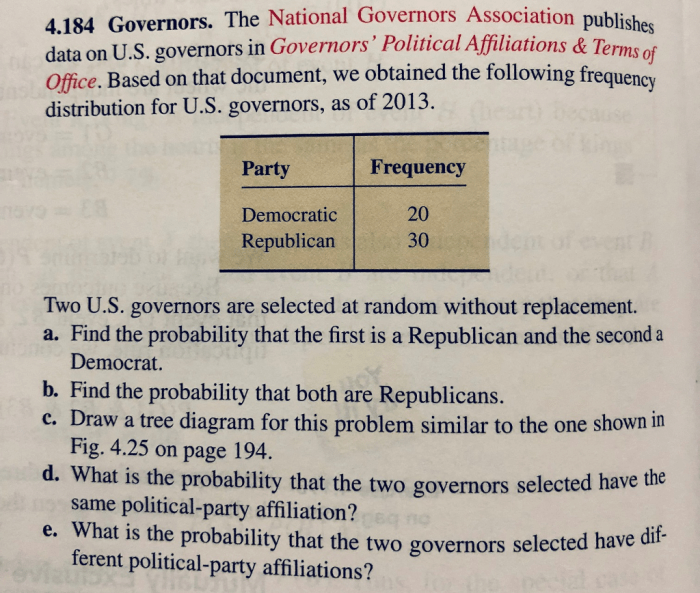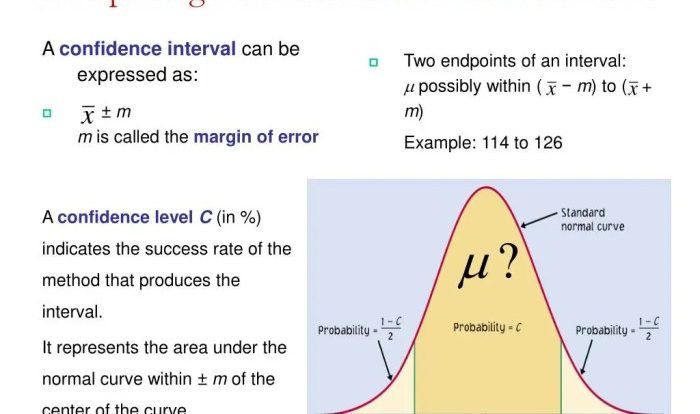Introductory statistics neil a weiss 10th edition – Introductory Statistics Neil A. Weiss 10th Edition is a comprehensive and engaging textbook that provides a solid foundation in statistical analysis. With its clear and concise explanations, numerous examples, and practical applications, this book is an invaluable resource for students and practitioners alike.
Neil A. Weiss’s 10th edition of Introductory Statistics has been meticulously revised and updated to reflect the latest developments in the field. It includes new content on data science, machine learning, and Bayesian statistics, making it an essential resource for anyone who wants to stay abreast of the latest statistical techniques.
Introduction to Introductory Statistics: Introductory Statistics Neil A Weiss 10th Edition

Introductory statistics plays a pivotal role in various fields, providing a framework for understanding and analyzing data to make informed decisions. It equips individuals with the foundational concepts and principles of statistics, enabling them to draw meaningful conclusions from numerical information.
Introductory statistics encompasses the collection, organization, analysis, and interpretation of data. It involves understanding the principles of probability, sampling, and statistical inference, which are essential for drawing valid conclusions from data. The applications of introductory statistics extend across diverse disciplines, including the social sciences, business, healthcare, and engineering.
Importance of Introductory Statistics
- Enhances decision-making by providing a systematic approach to data analysis.
- Promotes critical thinking and logical reasoning.
- Facilitates communication and understanding of data-driven insights.
Neil A. Weiss’s Contribution
Neil A. Weiss has made significant contributions to the field of introductory statistics through his authorship of the widely acclaimed textbook “Introductory Statistics.” This textbook is now in its 10th edition and continues to be a leading resource for students and practitioners alike.
Key Features of Neil A. Weiss’s 10th Edition
- Clear and concise explanations of statistical concepts and methods.
- Emphasis on real-world applications and case studies.
- Incorporation of cutting-edge statistical techniques.
Neil A. Weiss’s approach to introductory statistics is characterized by its focus on conceptual understanding, practical relevance, and accessibility. He presents statistical concepts in a manner that is easy to grasp, while also highlighting their applications in various fields.
Core Concepts and Methods
Neil A. Weiss’s 10th edition of “Introductory Statistics” covers a comprehensive range of core statistical concepts and methods, including:
Core Concepts
- Descriptive statistics
- Probability
- Sampling distributions
- Hypothesis testing
- Regression analysis
Statistical Methods
| Method | Description |
|---|---|
| Data collection | Gathering data through surveys, experiments, or observational studies. |
| Data preparation | Cleaning and organizing data for analysis. |
| Descriptive statistics | Summarizing data using measures of central tendency, variability, and graphical representations. |
| Probability | Calculating the likelihood of events occurring. |
| Sampling distributions | Understanding the distribution of sample statistics. |
| Hypothesis testing | Testing hypotheses about population parameters using sample data. |
| Regression analysis | Modeling the relationship between dependent and independent variables. |
Steps in Statistical Analysis
- Define the research question and formulate a hypothesis.
- Collect and prepare data.
- Analyze data using appropriate statistical methods.
- Interpret results and draw conclusions.
- Communicate findings effectively.
Data Analysis and Interpretation

Data analysis and interpretation are crucial aspects of introductory statistics. Neil A. Weiss’s 10th edition provides a comprehensive guide to these processes, covering techniques for:
Data Collection and Preparation
- Designing surveys and experiments.
- Selecting appropriate sampling methods.
- Cleaning and transforming data.
Data Analysis
- Using descriptive statistics to summarize data.
- Conducting hypothesis tests to test claims about population parameters.
- Fitting regression models to explore relationships between variables.
Interpretation
- Drawing valid conclusions from statistical results.
- Communicating findings clearly and concisely.
- Considering the limitations and assumptions of statistical methods.
Applications and Case Studies

Introductory statistics has a wide range of applications in various fields, including:
Diverse Fields of Application
- Social sciences: understanding human behavior and social phenomena.
- Business: making informed decisions in marketing, finance, and operations.
- Healthcare: improving patient outcomes and evaluating treatments.
- Engineering: designing and testing products and systems.
Case Studies and Examples
- Using surveys to understand consumer preferences.
- Analyzing clinical trial data to evaluate the effectiveness of a new drug.
- Fitting regression models to predict sales based on advertising expenditure.
Ethical Considerations and Limitations
- Ensuring the responsible use of statistics to avoid bias and manipulation.
- Understanding the limitations of statistical methods and their assumptions.
- Considering the ethical implications of data collection and analysis.
Pedagogical Features and Learning Resources

Neil A. Weiss’s 10th edition of “Introductory Statistics” is designed to enhance the learning experience for students. It incorporates various pedagogical features and learning resources, including:
Pedagogical Features, Introductory statistics neil a weiss 10th edition
- Clear and concise explanations of concepts.
- Real-world examples and case studies.
- Interactive exercises and simulations.
- Chapter summaries and key terms.
Learning Resources
- Online homework system with immediate feedback.
- Instructor’s manual with lesson plans and additional resources.
- Student study guide with practice problems and solutions.
- Datasets and statistical software for hands-on experience.
Essential FAQs
What is the main focus of Introductory Statistics Neil A. Weiss 10th Edition?
The main focus of Introductory Statistics Neil A. Weiss 10th Edition is to provide a solid foundation in statistical analysis. It covers a wide range of topics, including data collection, data analysis, and statistical inference.
What are some of the key features of Introductory Statistics Neil A. Weiss 10th Edition?
Some of the key features of Introductory Statistics Neil A. Weiss 10th Edition include its clear and concise explanations, numerous examples, and practical applications. It also includes new content on data science, machine learning, and Bayesian statistics.
Who is Introductory Statistics Neil A. Weiss 10th Edition written for?
Introductory Statistics Neil A. Weiss 10th Edition is written for students and practitioners who want to learn about statistical analysis. It is suitable for both undergraduate and graduate students, as well as for professionals who want to refresh their knowledge of statistics.
